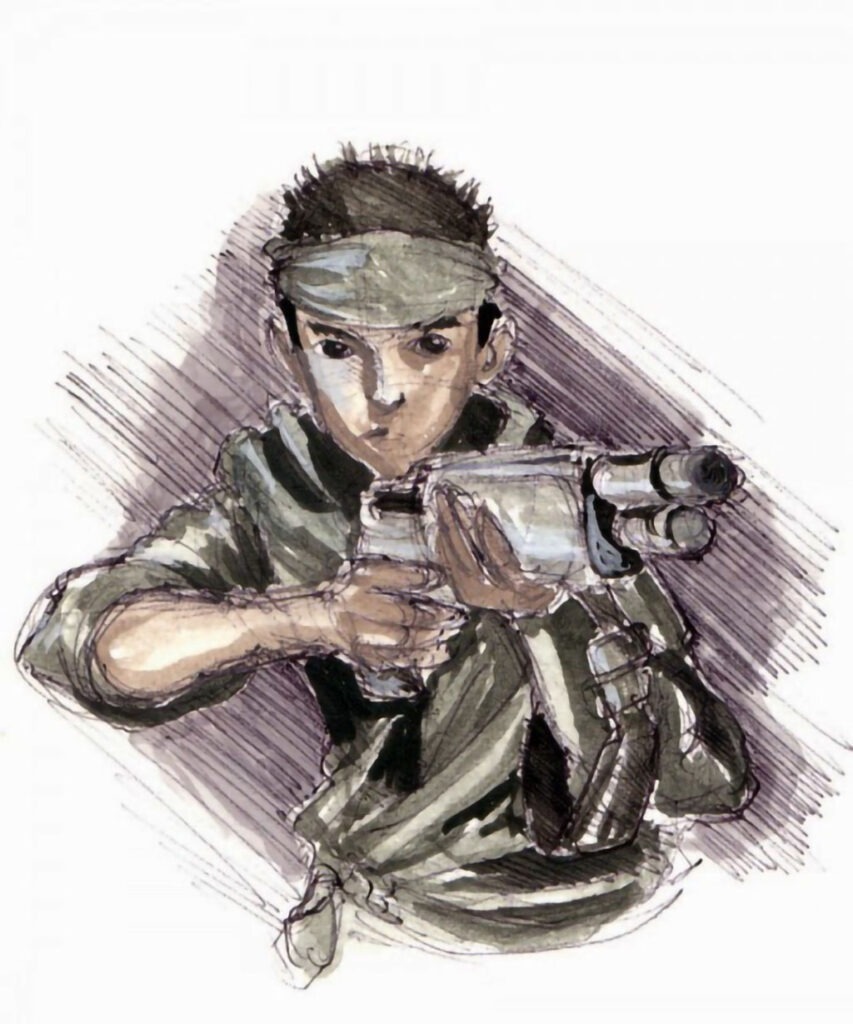
Agent Orange, Yellow Rain, Yellow Dust or Yellow Powder?
The Shared Struggle: Agent Orange, Yellow Rain, and the Connection Between Hmong and Native Americans
Explore the shocking history of Agent Orange, Yellow Rain, Yellow Dust, and Yellow Powder — different names for the same devastating substance used on Hmong and Native Americans between the 1960s-1980s. Uncover the hidden connections between these communities and the urgent call for unity to reclaim their shared energy and heritage.

The Forgotten History of Agent Orange, Yellow Rain, and Yellow Dust
Between the 1960s and 1980s, chemical agents known as Agent Orange, Yellow Rain, Yellow Dust, or Yellow Powder were used, leaving devastating effects on communities worldwide. What many may not realize is that these toxic substances profoundly impacted both the Hmong people in Asia and Native American tribes in the Americas. These names may differ across cultures, but they all point to the same catastrophic reality.
Let’s dive into this shared history and explore why these two groups, often seen as worlds apart, may have more in common than we think.
What Are Agent Orange, Yellow Rain, and Yellow Dust?
Agent Orange, a term many recognize from its infamous use during the Vietnam War, was a herbicide and defoliant containing toxic dioxins. It was deployed as part of Operation Ranch Hand, targeting forest cover and crops to weaken enemies.
- Hmong Communities in Southeast Asia called it Yellow Rain, referencing the yellowish residue left behind after chemical attacks. Many Hmong people, allies of the U.S. during the Vietnam War, suffered long-term health and environmental effects from its use.
- Native Americans referred to it as Yellow Dust or Yellow Powder. These names also evoke the physical traces of chemical exposure on their lands. Indigenous communities report similar symptoms and environmental devastation tied to these chemicals.
The Impact on Hmong and Native American Communities
The effects of these substances on Hmong and Native American communities were eerily similar:
- Health Issues: Both groups experienced cancer, birth defects, and chronic illnesses linked to chemical exposure.
- Environmental Devastation: Crops failed, animals died, and ancestral lands were permanently damaged.
- Loss of Connection to the Land: For both Hmong and Native Americans, land is sacred. Chemical contamination disrupted spiritual and cultural practices tied to nature.
The U.S. government’s role in the use of these chemicals is a grim reminder of systemic exploitation and disregard for marginalized communities.
Are Hmong and Native Americans Connected?
The parallels between the Hmong people and Native Americans go beyond their shared trauma. Both groups share deep spiritual connections to nature, ancestral worship, and similar folklore about spirits and animals. This raises thought-provoking questions about whether they may share ancient cultural ties or a common lineage.
Historians and anthropologists have long speculated that the migration patterns of early humans could link the indigenous peoples of the Americas to Asian communities like the Hmong. While more research is needed, this idea sheds light on the importance of unity between these groups.
Why Unity Matters
As the saying goes, “Divide and conquer.” The separation of Hmong and Native American communities allows historical injustices to persist unchallenged. By coming together, these groups can amplify their voices, reclaim their stories, and demand justice for past and present wrongs.
Understanding their shared struggles — including the horrors of Agent Orange and its many names — is a crucial step toward solidarity.
Wake Up: The Call to See the Connection
It’s time for both Hmong and Native Americans to acknowledge their shared history and unite. Recognizing the devastating impact of Agent Orange and the striking similarities between their experiences can empower both groups to fight for reparations, preservation of their cultures, and the healing of their lands.
The government may have tried to keep these communities divided, but the truth binds them together.
Final Thoughts
Agent Orange, Yellow Rain, Yellow Dust, or Yellow Powder — no matter what it’s called, its impact is undeniable. This shared history serves as a reminder of the resilience of the Hmong and Native American people. By embracing their connections, they can stand stronger together and reclaim their narratives.
What are your thoughts? Share them below and join the conversation. Together, we can honor the legacy of those who suffered and work toward a better future.





Easy!! We see the connection..
there was a big controversial on a radio station in MN when they interviewed an elderly hmong that experience it during the vietnam war. Instead of talking about what happen the radio station started talking about how they mistaken the powder to be Bee dung that it wasn’t a genocide from the laos communist but nature did it. The elder hmong guy was furious and stop the interview. Ill see if i can find it again.
Here i found it http://www.radiolab.org/2012/sep/24/yellow-rain/
Yep, I read/heard that when it happened. I think it’s a shame that they STILL try to cover up what they did.
I heard of Agent Orange.. That’s horrible that it was even made in the first place but used on certain races? That sounds like some Hitler intention.
I read this and this horrible story that the US government continue to sabotage it people using chemical weapons and medical research to destroy us. This is a horrible tale and something need s to be done. F**k guns we need protection from the government. WTF SMH
Yep Agent Orange was only used on certain people. It definitely was used to commit genocide of the Hmongs and Native Americans (North, South and Central).
Cheryl – It’s not that we need protection from the government. It’s that we all need to stand up together as ONE people and stand up to the government. We the people need to let the government know enough is enough. But in order for that to happen people need to wake up and see what is going on in the world. They need to see the bigger picture not just the small one.